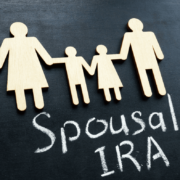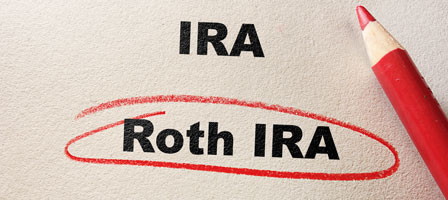DON’T HAVE A RETIREMENT PLAN? MAYBE A SEP IS THE ANSWER.
Article Highlights:
- What Is a SEP?
- Contribution Limits
- Employee Coverage Requirements
- How to Establish a SEP
- SEP Distributions
If you are like many small business owners, you probably find the year-end period to be a very busy time. You can’t close your books and determine your business’s profit until after the close of the year, and if this has been a good year, you may want to establish a retirement plan and make a contribution for 2015.
There are a number of retirement plan options available, including Keogh plans and 401(k)s. However, a simplified employee pension plan (SEP) may be your best option. Unlike with a Keogh plan, you don’t have to scramble to get a SEP established before year-end.
The reason a SEP is “simplified” is that its retirement contributions are deposited into an IRA account under the control of the SEP participant, thus eliminating most of the employer’s administrative duties. That is why these plans are sometimes referred to as SEP-IRAs.
SEPs function much like Keogh plans, and they allow tax-deductible contributions for both employees and self-employed individuals. For an employee, the maximum contribution for 2015 is the lesser of 25% of that employee’s compensation or $53,000. These contributions are excluded from the employees’ wages and are not subject to withholding for income tax or FICA. A self-employed person can contribute 25% of his or her compensation after deducting the employer’s contribution, which boils down to the smallest of 20% of the business’ net profit or $53,000. Each year, the employer can specify a compensation amount between zero and 25% (not exceeding the maximums for the year).
SEPs are a great option for startups and other small businesses that have unpredictable income and that may be leery of the long-term contribution matches required with other types of retirement plans. SEPs are also a great option for self-employed individuals with no employees, as the contributions are based upon net profits, allowing the business owner to select the maximum percentage while knowing that the required contribution will be small in low-income years.
Except for when employees are covered by collective bargaining agreements, an employer that elects to make a SEP contribution for the year must contribute to an employee’s retirement account if the employee is at least 21 years of age, has worked for the employer in at least three of the prior five calendar years, and has compensation for the year of at least $600.
Another advantage of SEP plans is that contributions are allowed after the account owner has reached the age of 70½—the age limit for traditional, non-SEP IRA contributions. This is true even though individuals must begin the required minimum distributions (RMDs) from the SEP once age 70½ is reached.
As with all traditional IRAs and qualified plans, distributions from a SEP are taxable and subject to a 10% early withdrawal penalty if withdrawn before age 59½.
To set up a SEP plan, you can adopt the IRS model plan by using Form 5305-SEP. This form is completed and retained for your records (not filed with the IRS). You can also open one with a financial institution. It may be prudent to adopt whatever plan is offered by the financial institution you’ll be dealing with to ensure that all plan requirements are met. If using a financial institution’s plan, be sure to discuss the plan’s fees.
A SEP may be the best option for your business’s retirement fund. Please call this office for more information on how a SEP plan might work for your particular business structure or to determine whether other options should be considered.








Leave a Reply
Want to join the discussion?Feel free to contribute!